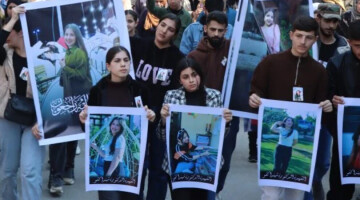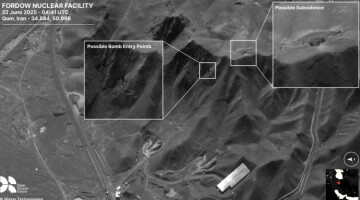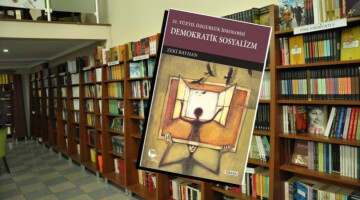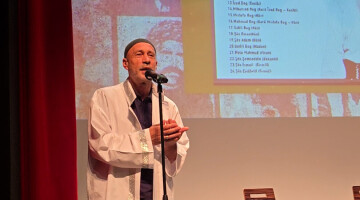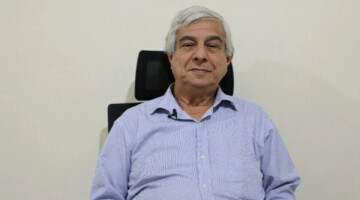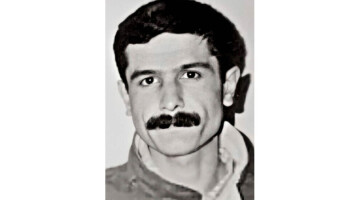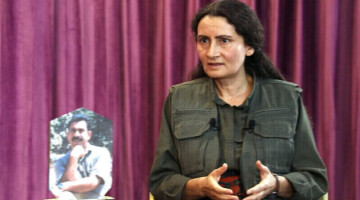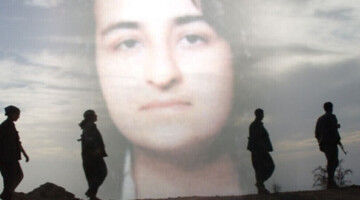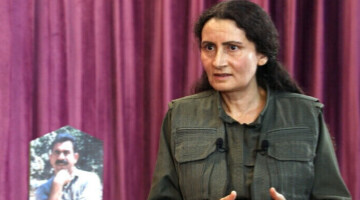The Komun Akademi published excerpt from the diary of PKK guerrilla Viyan Amara.
Steps towards the women’s army in Cîlo
My name is Viyan Amara, I was born in Colemêrg (Hakkari) and joined the guerrilla ranks in 1996. Until now I have been in Kelareş, Zagros, Esendere, Şehîdan, Xakurkê, Zap, Xinêre, Qendîl and Mexmûr.
After the 1997 operation, we went to the Xedar Valley with two independent fighting units known as tabûrs (one tabûr contains about 25-30 friends). Throughout 1997 there were constant operations and after the winter we attended educations. From these two tabûrs, many sacrificial friends have emerged. Our tabûrs in the Xedar valley had been trained separately for the formation of the women’s army. We were motivated by the party leadership and after the education, we organized a conference which lifted our morale up to dizzying heights. From these friends, a taxim (10-15 friends) was then chosen, who moved to Cîlo in the Zagros mountains. The geography of the Zagros mountains is extremely rough and inaccessible.
The work and existence we led in Cîlo demanded, above all, a meaningful spirit of life, which we exhibited well. If you want to live in Cîlo, you cannot expect to relax. Cîlo has very harsh and rugged geography and never adapts itself to the human condition. You are always forced to adapt and prepare yourself for it. In my personal opinion the Cîlo area cannot be explained, you have to live it! Those who have never been to Cîlo will imagine it as the areas in the south, but Cîlo, with its historical resistance of the Kurdish people, has a life of its own. One can interpret Cîlo as the will of the Kurdish people.

The regional population also embody these characteristics in themselves. Among the mountains of Cîlo, there are still some places that are particularly challenging. We moved with a taxim to an area that has never been opened for the guerrilla before and is inhabited by people called “Geliyê Dizê” (hidden people). Previous friends had attempted to gain a foothold in this area many times before, but there were always losses. This place within Cîlo is a kind of a hub. The area borders on Colemêrg, Botan, Semedar and finally, Kelareş. It is a central and strategic place which many units have moved to before us, but when some became Şehîds (Martyrs), the friends withdrew again. The area became difficult for the guerrillas to enter. As one of the first units, however, the group was led by Ş. Mehmud Şirnax and carried out an action on the village of Aynûr, which was under the control of the enemy village guards. In this action, another friend was martyred, but following this action, the village was liberated and made accessible to the guerrillas. Therefore every martyr embodies a new resurrection and rebirth for us.
As the area opened up to us anew, our male friends said: “I wonder if we’ll be weaker when the female friends come to us?” When we first moved to the region, we were often confronted with this attitude. But in opposition to this attitude, the taxim which moved out of the Xedar Valley and survived all the difficulties of the operations, was a group with strong values of hevaltî (co-operativeness) and sacrifice.
A conference was held again. There was a high level of participation and we established a connection with the party leadership by telephone. The ideological strength that was drawn from this conference was beyond comparison. The strength created before was not fully in action due to uncertainties from some friends and this manifested in our practice. Even in the outreach areas we often encountered a cold approach. There was often doubt: “I wonder if they can lead the guerrilla life?” and “Will they cause us difficulties?” However, after we participated in one or two actions, the male friends also saw our unity, discipline, co-operation and collective life and changed their opinions by themselves. Şehîd Mehmud had expressed his concerns to us, but later admitted: “At first I too had concerns, but when I saw the attitude of the comrades, my opinion changed quickly.” In reality, our taxim was strong and did an exemplary job everywhere. Today only a friend and I are left from this taxim. The other friends have all fallen and become martyrs over the years. Some friends have fallen in heroic ways. You always wanted to be in their company, and always felt powerful and comfortable in their presence. These friends were real role models.

After a few actions, we would eventually mix with the Geliyê Dizê and organize ourselves there. We moved in a guerrilla manner, staying in a shelter for 2-3 hours at most, changing our locations in the morning and in the evening, leaving no trace. We were forced to behave in this way and did everything we could to prepare ourselves militarily and to avoid making mistakes. We did not want to show weakness under any circumstances and we did not want to allow the enemy to attack us so easily. On this side, there was the highest level of vigilance. All the friends felt responsible for each other and felt great joy about the newly opened area. It was the area of the Pinyanîş gang that would have exploited any of our weaknesses for an attack. The Pinyanîş were very brutal.
Sometimes people are said to be traitors to their own people, but they were exceptional. You can understand the Turkish army, they martyred our friends and we killed their soldiers. At least there is a historical contradiction and hostility. But for a tribe of your own people to become like that is something incredible. In any case, this tribe was inhumane but very clever in their struggle.





